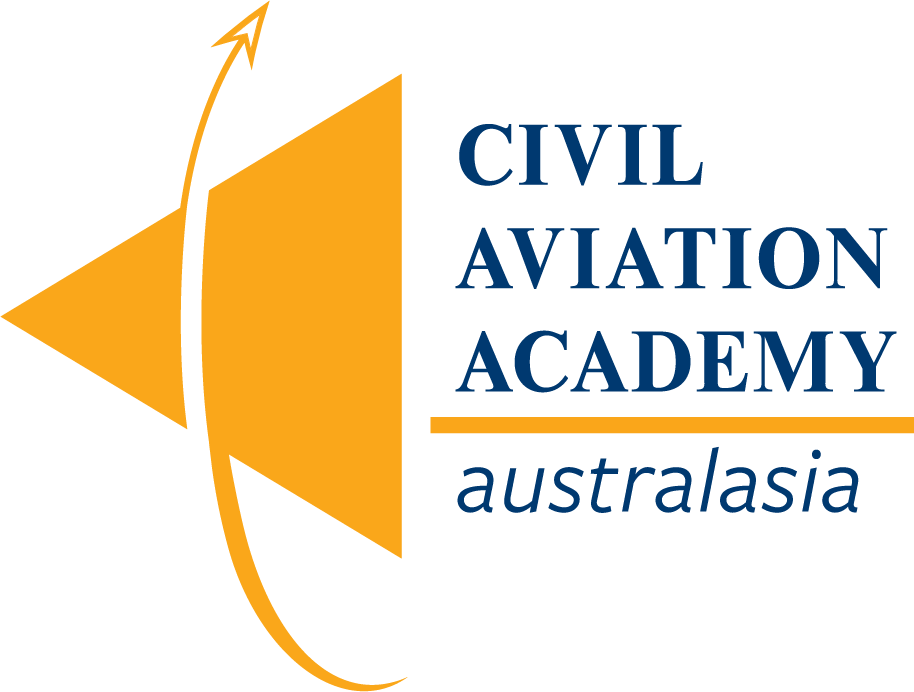- 08 6180 7939
- andy@caaa.com.au
- Mon - Fri: 9:00 - 15:00 (WST Perth)

CAAA News
Leonardo da Vinci’s Dream – The Ornithopter and the Quest for Flight
Facebook
LinkedIn
The Ornithopter and the Quest for Flight
An ornithopter (from Greek ornis, ornith – ‘bird’ and pteron ‘wing’) is a flying machine designed to emulate birds by generating lift through the flapping motion of its wings.

Perhaps most famous are the sketches made during the late 15th century by Leonardo da Vinci where he extensively sketched and created models of these wing-flapping aircraft.
However, the earliest example is a wooden bird, attributed to Archytas of Tarentum around 400 BC. Ornithopters were also found depicted in ancient Assyrian stone carvings, circa 1000 BC. The Hindu epic Ramayana (5th century BC) also describes an ornithopter powered by biofuels.
Among Leonardo da Vinci’s diverse areas of study, aviation held a special place in his heart. The prospect of people soaring through the skies like birds seemed to ignite a unique enthusiasm in this Renaissance man. His extensive notes and sketches reveal a genuine excitement for the potential of flight.
It is Da Vinci’s flying machines, including the ornithopter, that most seems to have captured our imagination. His drawings stand as a testament to his powers of observation, imagination, and his deep connection with the natural world. Inspired by winged animals such as bats, kites, and birds, da Vinci sought to replicate their graceful flight. The design of the ornithopter mirrors the pointed ends of bat wings, displaying a clear influence from nature.
Da Vinci’s ornithopter boasted an impressive wingspan exceeding 33 feet, constructed with a frame made of pine and covered in raw silk—a combination that aimed for a delicate balance between lightness and sturdiness. The pilot’s position was prone, lying face down on a board at the centre of the invention.
To set the wings in motion, the pilot engaged a crank connected to a rod-and-pulley system, demonstrating da Vinci’s keen understanding of mechanics. Additional features included a hand crank for increased energy output and a headpiece for steering. The wings, designed to twist in flight, reflected the intricacies of natural avian motion.
Despite da Vinci’s meticulous design and understanding of aerodynamics, the ornithopter faced a fundamental challenge—the sheer human effort required to achieve flight. The pilot, spinning cranks with hands and feet, could not generate enough power to lift the machine off the ground.
Notably, efforts have been made to develop ornithopters as manned aircraft. Adalbert Schmid, credited with building the first successful manned ornithopter in 1942, believed that flapping wings could offer greater fuel efficiency than traditional airplanes. Some envisioned manned ornithopters replicating the high maneuverability observed in birds. While the validity of these claims is debatable, there remains a fascination among individuals who simply desire the unique experience of soaring through the skies like a bird.
The Snowbird Human-Powered Ornithopter was designed and constructed by a team of students from the University of Toronto. On August 2nd, 2010, it sustained both altitude and airspeed for 19.3 seconds, becoming the world’s first successful human-powered ornithopter. Have a look at this link to see the ‘Snowbird’ flap its wing in flight! World’s First Human-Powered Ornithopter (youtube.com)
Many inquire about the practical applications of ornithopters. Above all, ornithopters serve as excellent educational tools. For high school students, they provide a hands-on approach to learning about engineering, physics, math, electronics, and more! At the university level, ornithopters contribute to advanced research in aerodynamics, bird flight, and robotics. Enthusiastic hobbyists also find joy in acquiring new skills while embracing the challenge of mastering flapping wing flight.
Beyond educational purposes, ornithopters have found various applications. Like other radio-controlled aircraft, ornithopters can carry cameras, making them useful for aerial photography. Their ability to mimic real birds or insects opens possibilities for covert surveillance. Ornithopters have been employed in wildlife studies where an aircraft resembling an actual bird was necessary. Additionally, ornithopters have undergone testing for bird control at airports.
While the ornithopter may not have taken flight in da Vinci’s era, it remains an enduring symbol of human ambition and the relentless pursuit of innovation.
Stay inspired.
